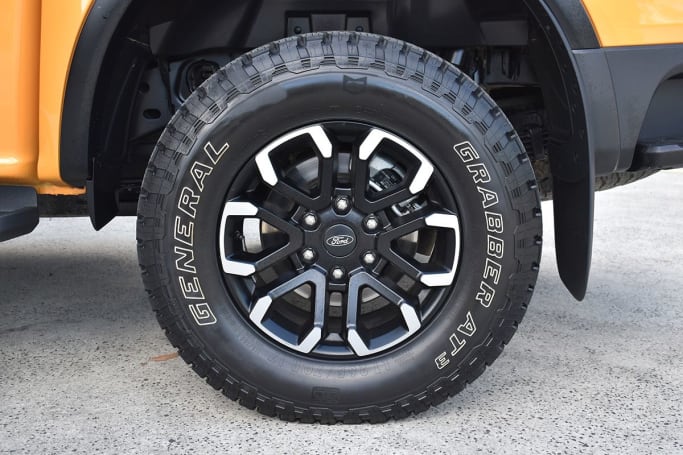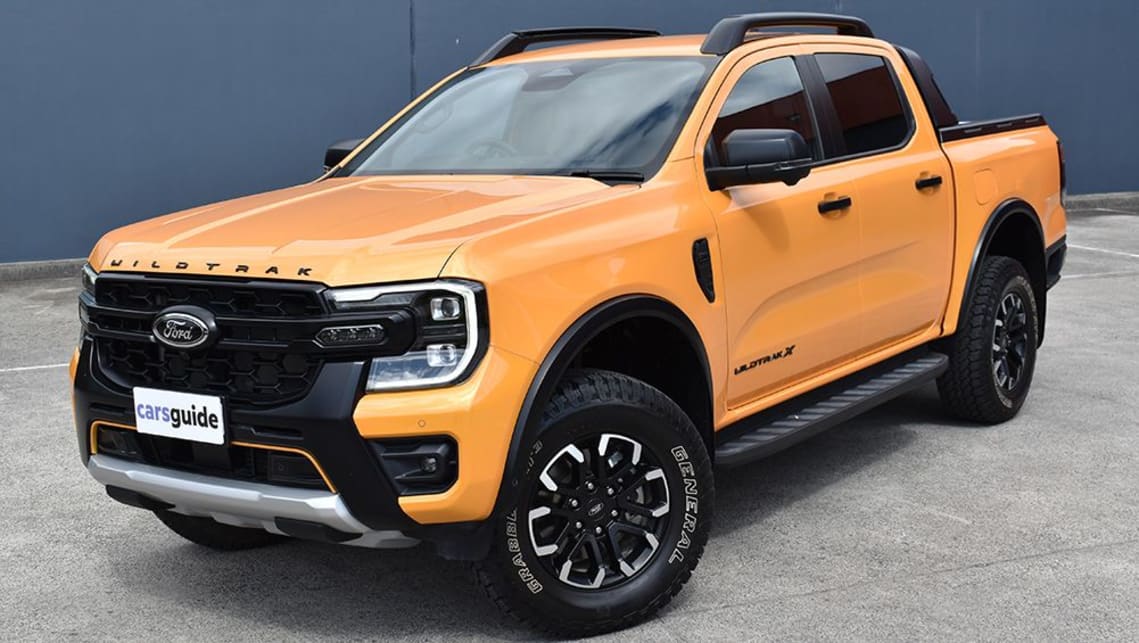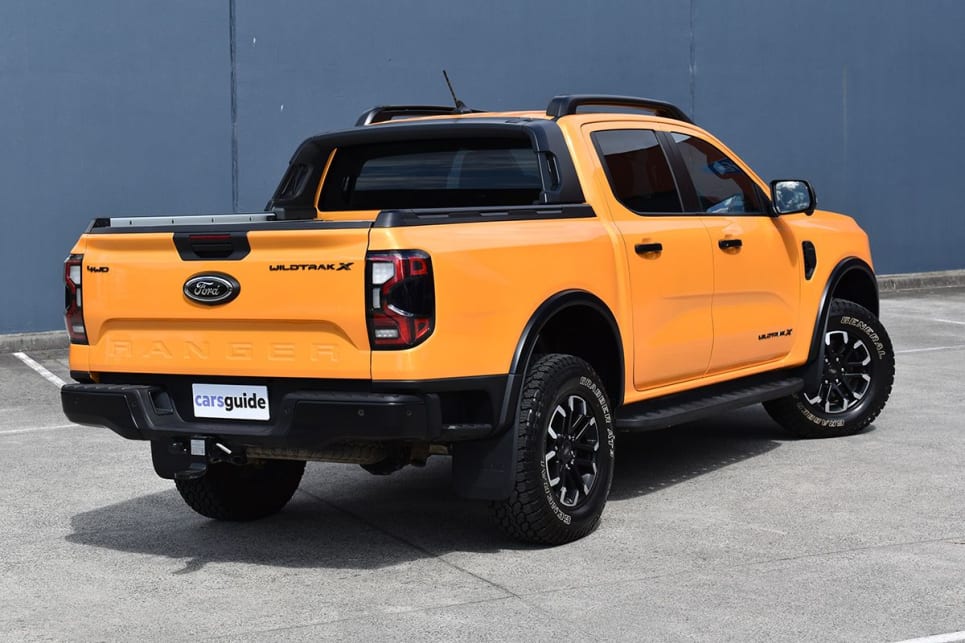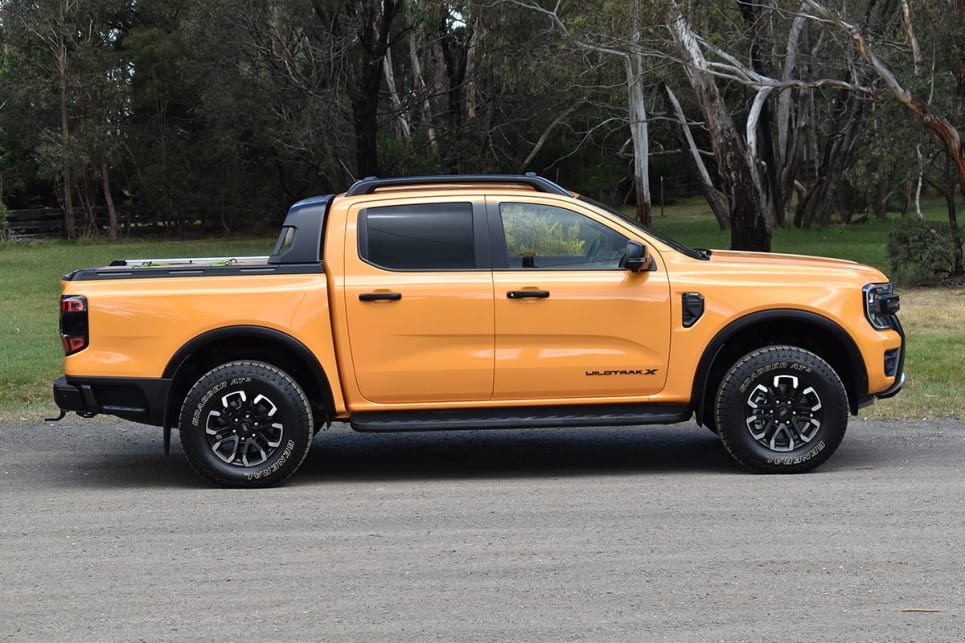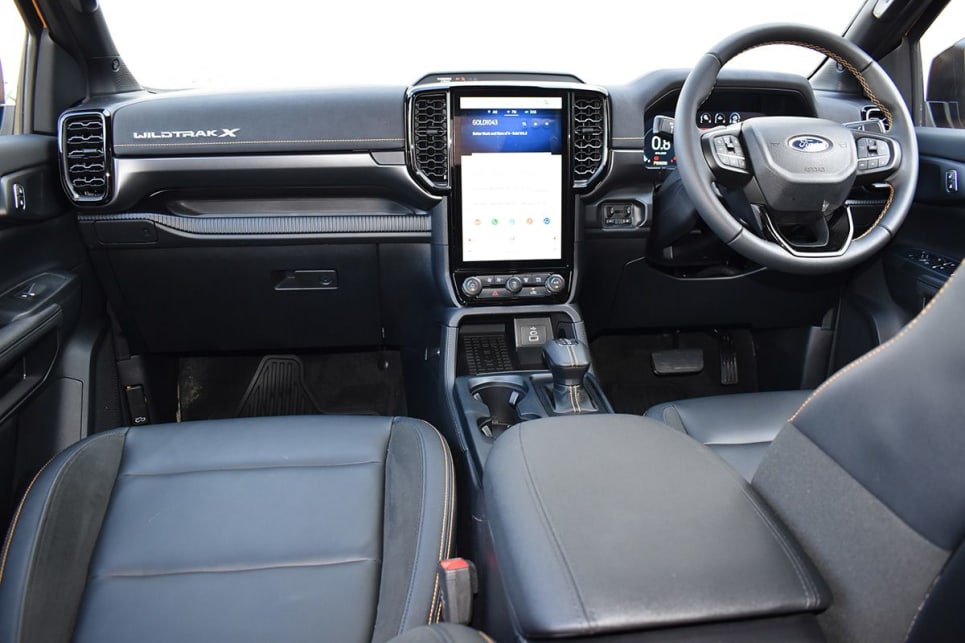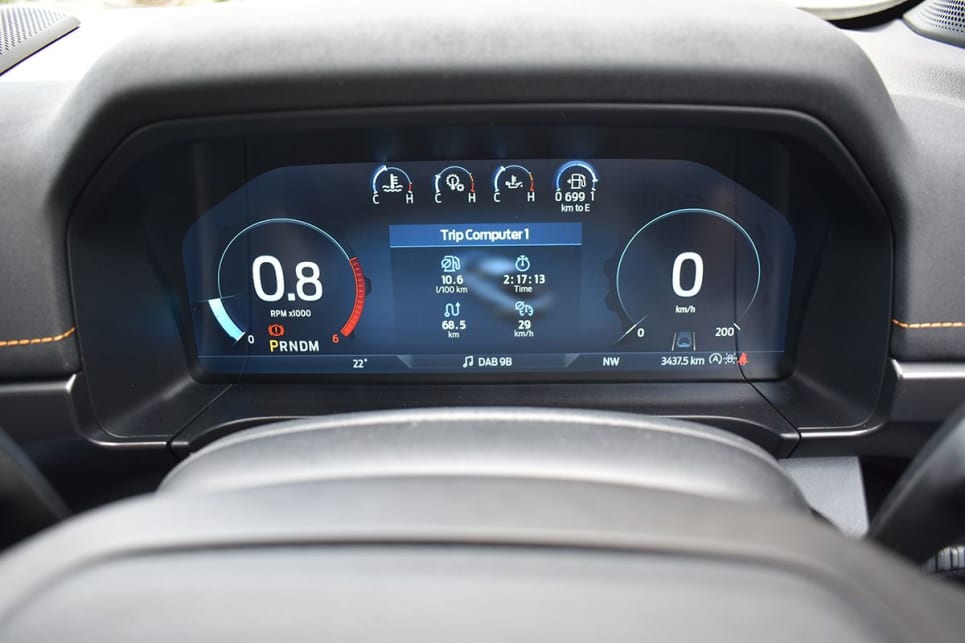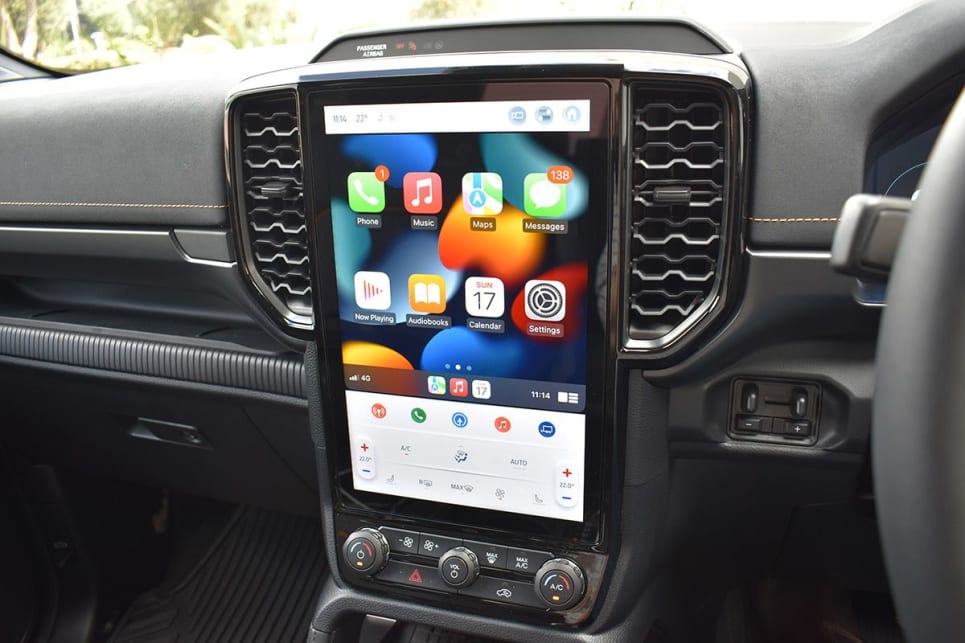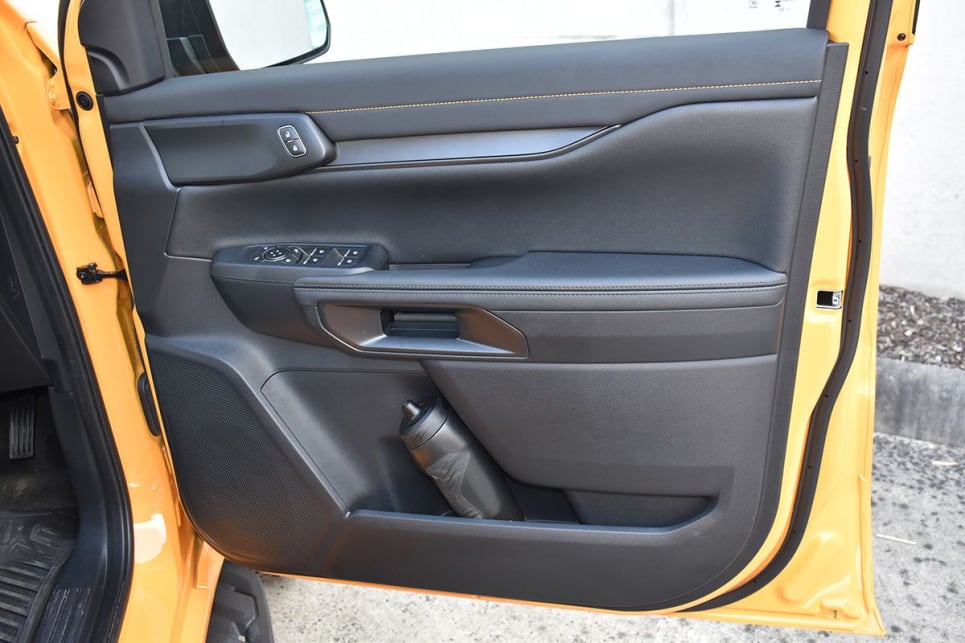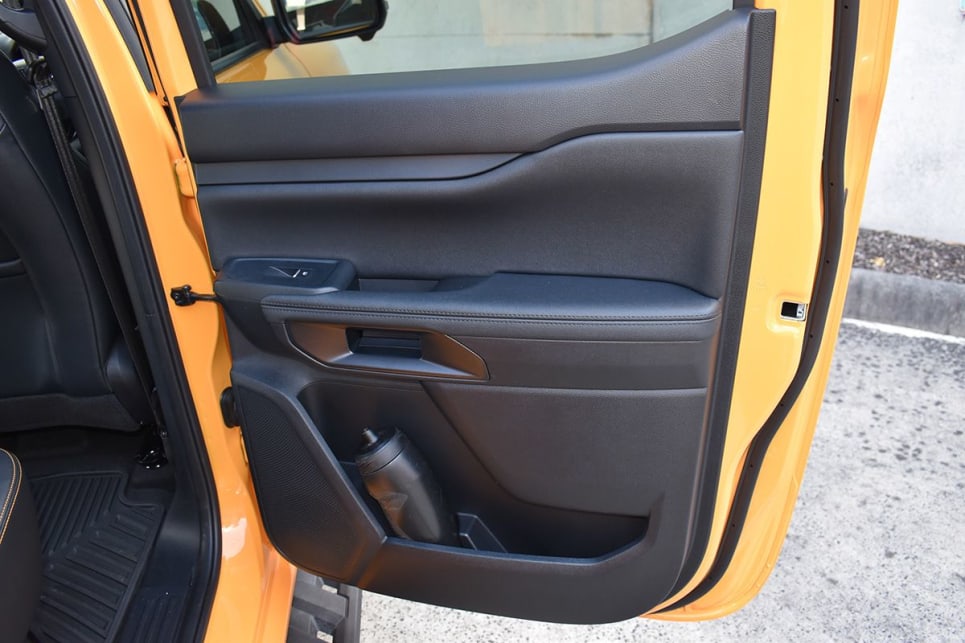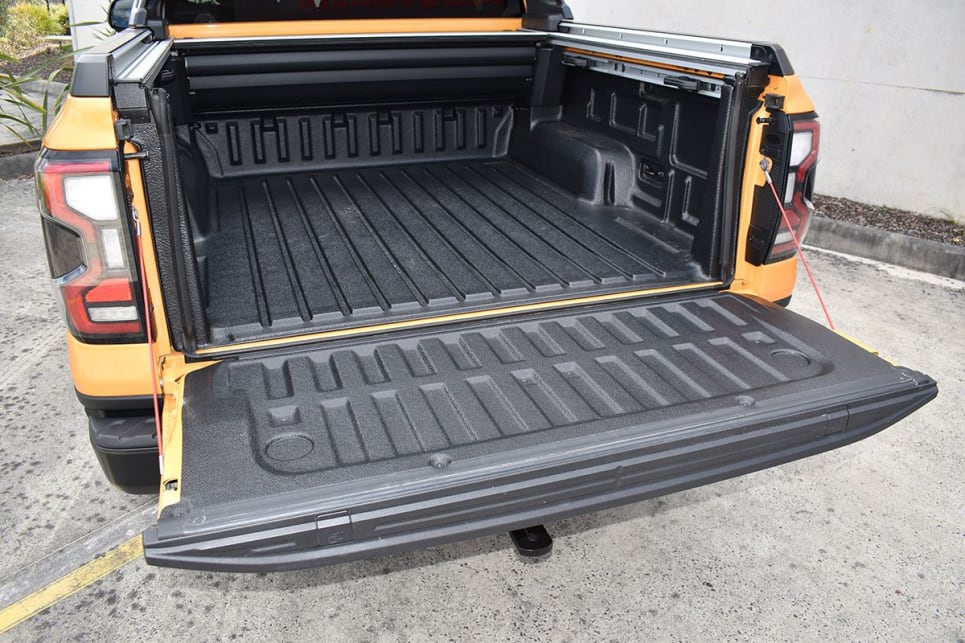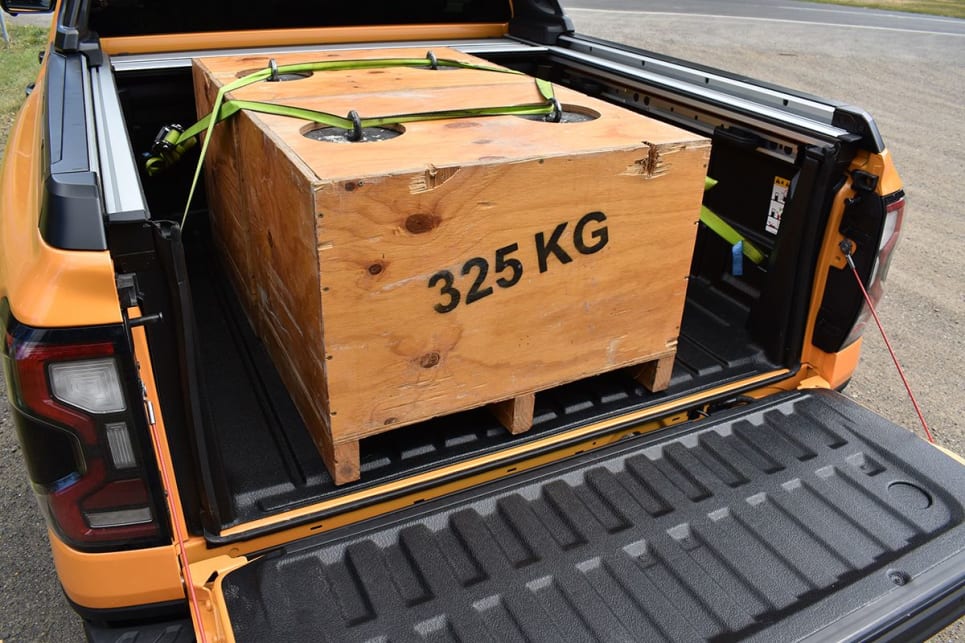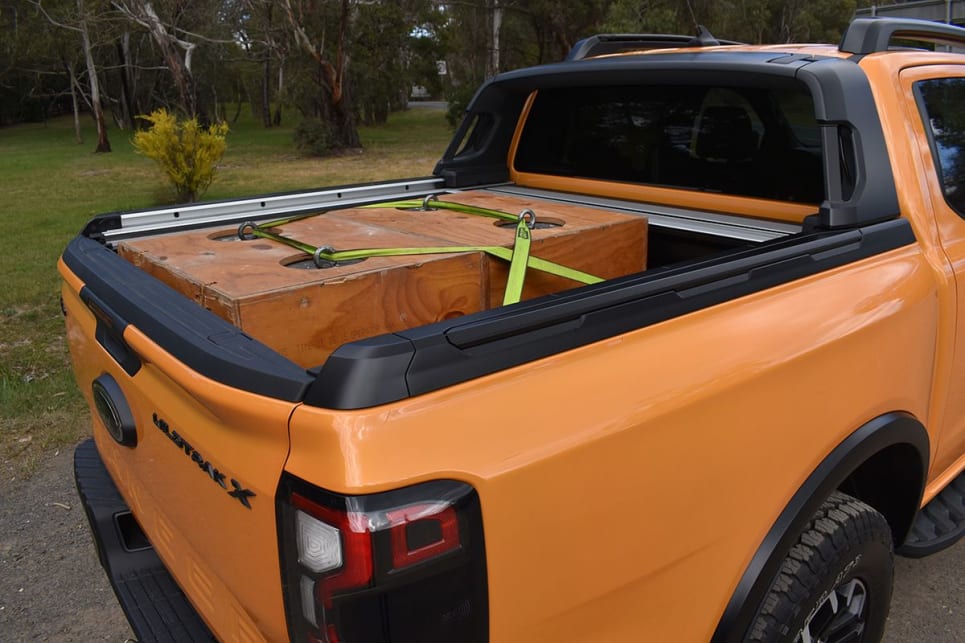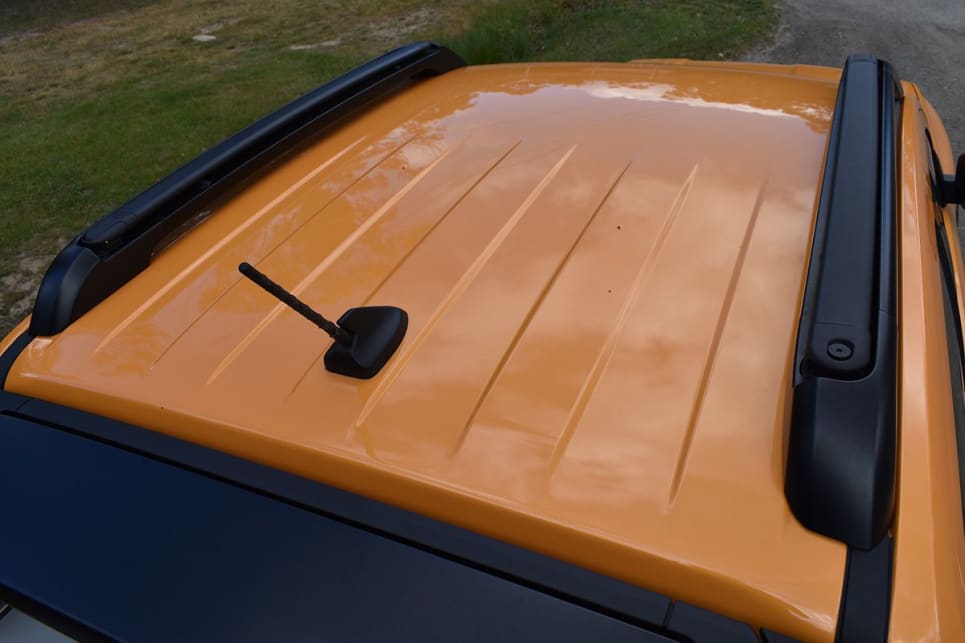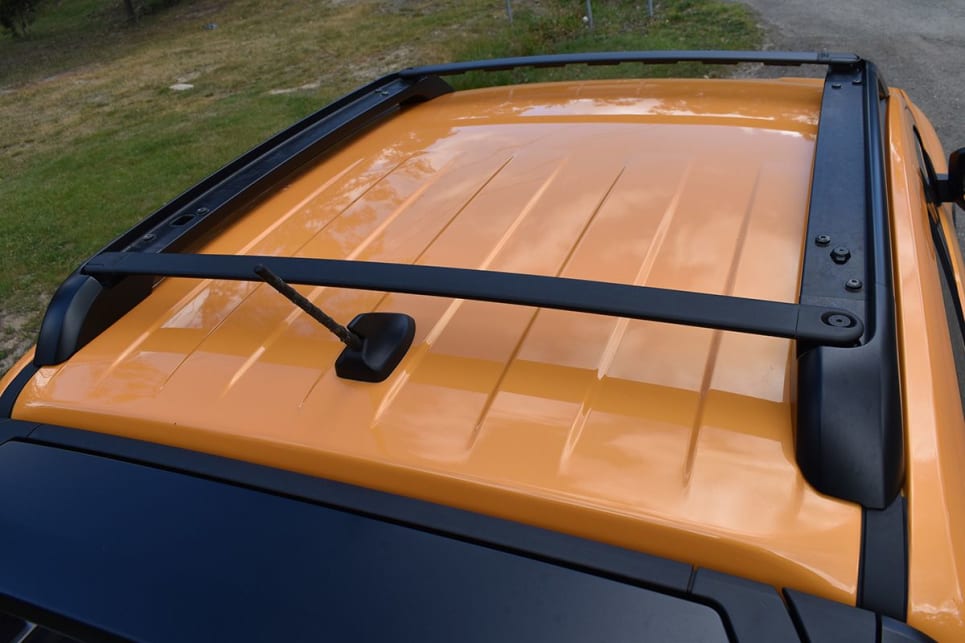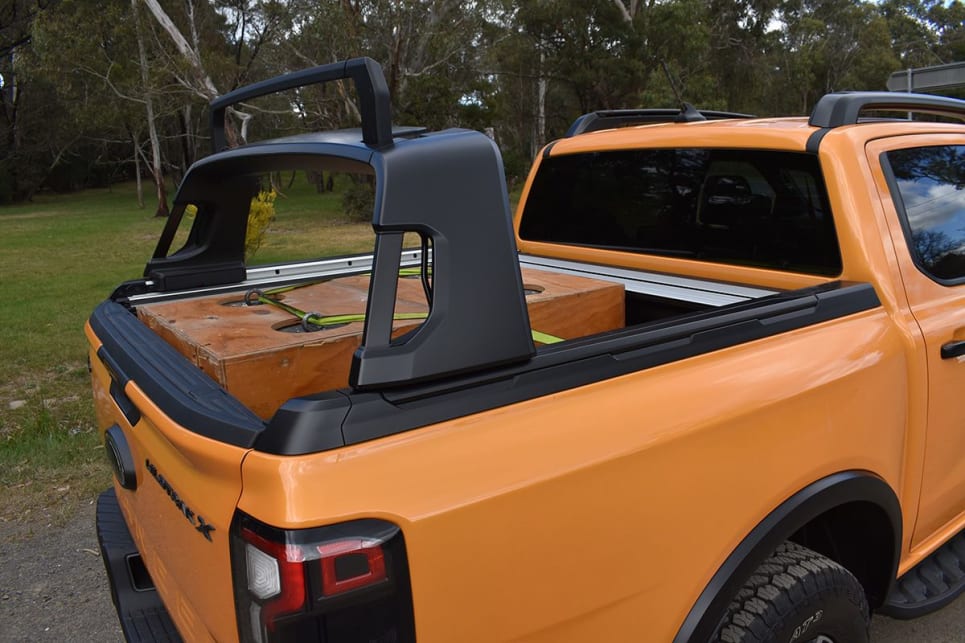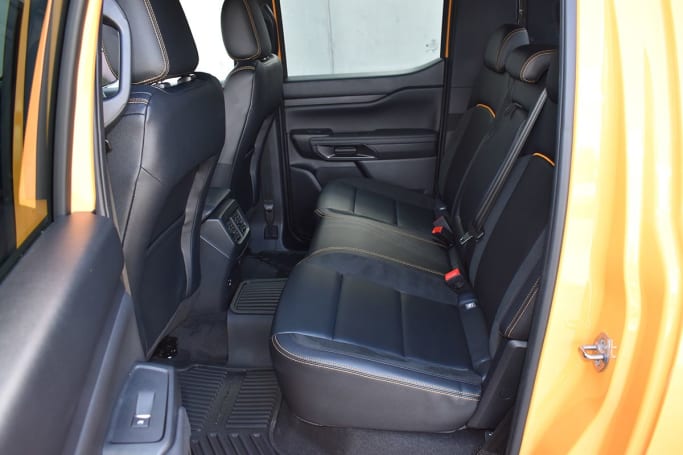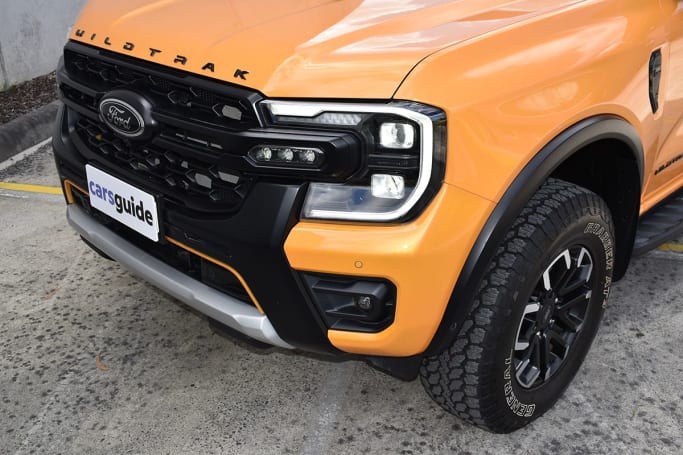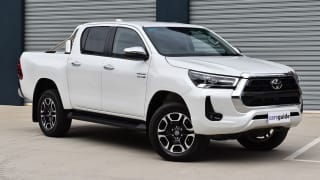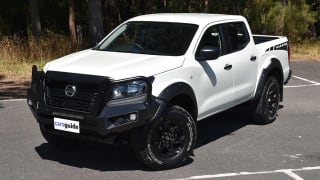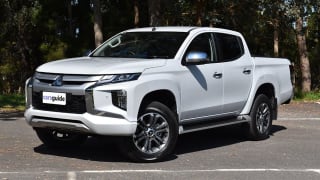Our Wildtrak X test vehicle is available only with Ford's familiar 2.0-litre Bi-Turbo diesel, 10-speed automatic transmission and exclusive 'Cyber Orange' paint for a list price of $75,990.
Ford claims the X is a special edition, but will not disclose how many it plans to build. Perhaps that number is only limited by how many it can sell? Time will tell.
Even so, it costs an extra $7500 to bring the X factor to Wildtrak and for that money you get much more than just the previous cosmetic upgrades, starting with bespoke wider track suspension (see Design) equipped with unique 17-inch alloy wheels and 265/70 R17 all-terrain tyres with a full-size alloy spare.
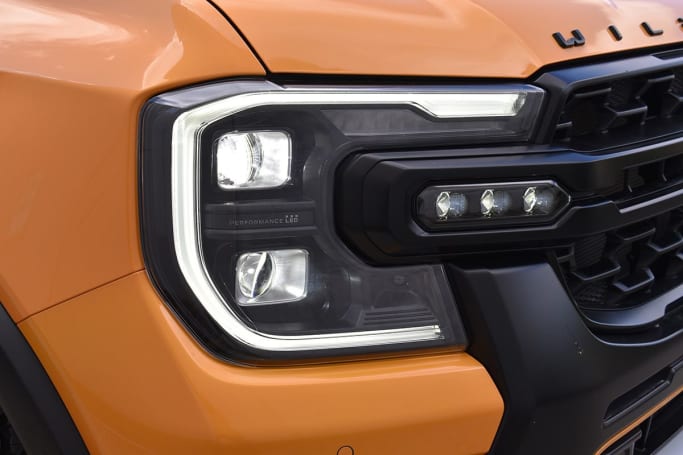
There are also some new drive modes, black body and badge highlights (even the famous Ford blue ovals are black), unique grille treatment with ‘matrix' LED headlights and auxiliary LEDs, steel front bash-plate, cast-aluminium side-steps, 3500kg towing kit and a flexible roof-rack system (Ford is very good at this) with obvious appeal for tradies.
Inside is unique leather-accented upholstery, an overhead auxiliary bank of switches for aftermarket accessories, cordless phone charging, 12.4-inch driver's digital information display and a high-quality multimedia system with Bang & Olufsen multi-speaker sound and huge 12.0-inch touchscreen.
All of this is in addition to the standard Wildtrak's rich equipment list, which includes a powered roller-shutter for the load tub and much more, so you could say the Wildtrak X is fully loaded - even when its empty.
